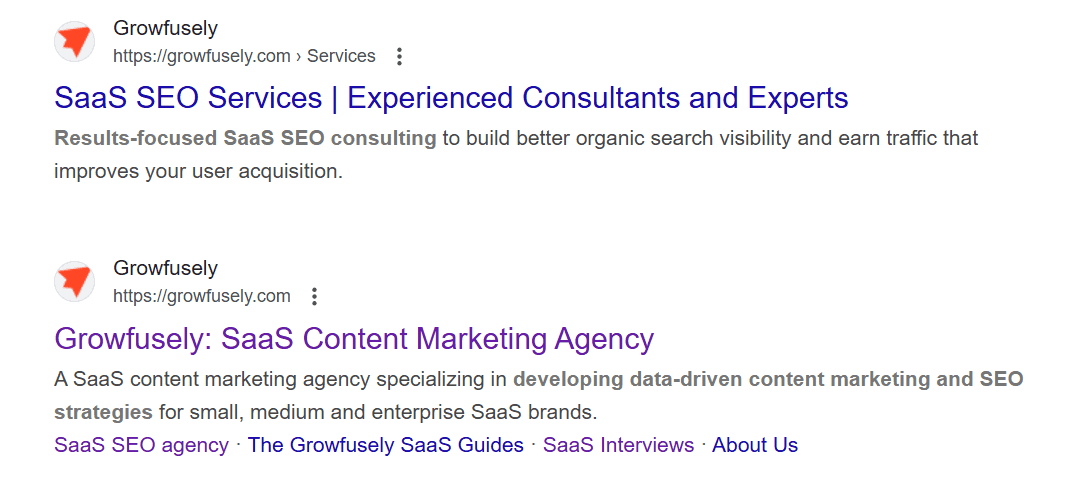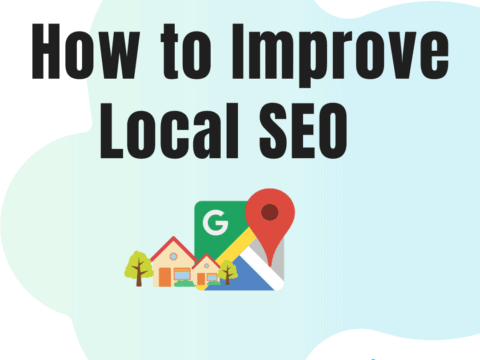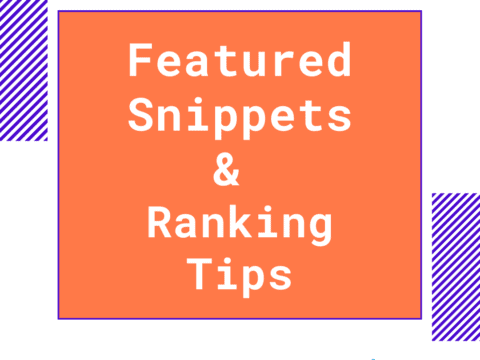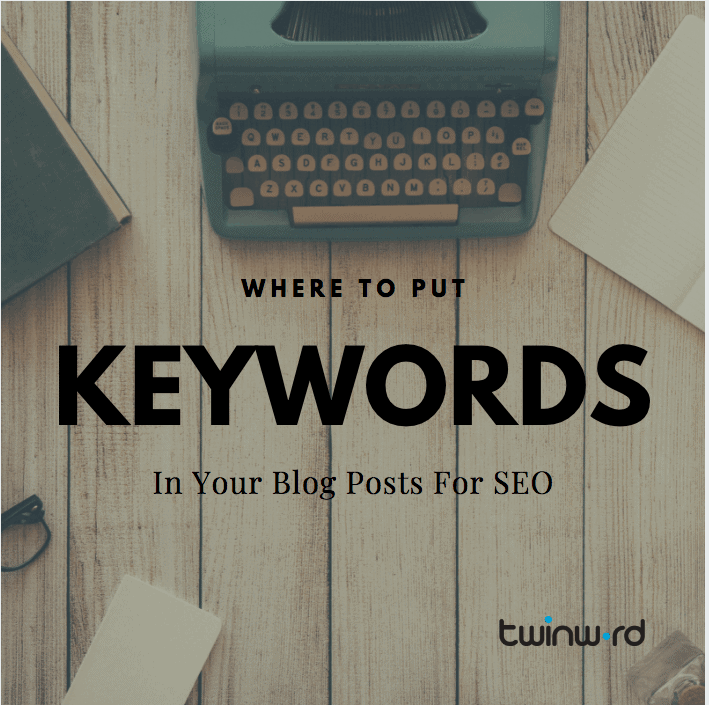SaaS marketers cannot afford to ignore user intent data as it helps develop personalized strategies and align sales and marketing. In fact, research shows that intent-based marketing has a 220% higher click-through rate than regular campaigns. No wonder 93% of B2B marketers using intent data experience a notable increase in conversions.
User intent data allows SaaS marketers to improve keyword targeting, enhance UX, boost conversion rates, and ensure their content is ranked based on relevance and intent. In fact, AI is revolutionizing how they leverage this data for SEO. A survey reveals that 86.07% of SEO professionals have already integrated AI into their SEO strategy.
In this article, you will learn how AI can revolutionize search intent analysis and content optimization in SaaS.
Let’s get started.
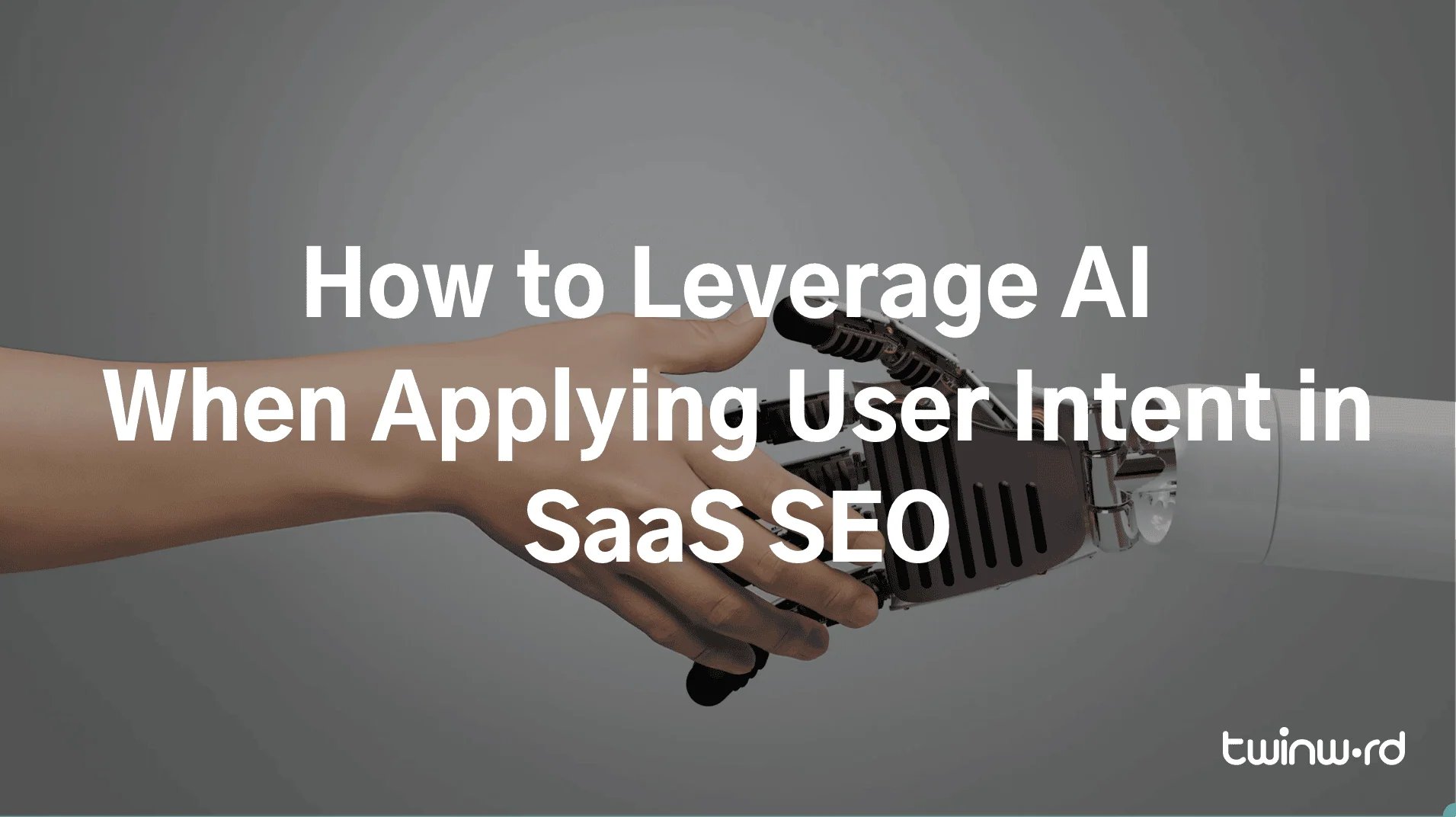
User Intent in SaaS SEO
User intent, better known as search intent, aligns content with users’ specific goals when entering queries. It can be categorized into four types:
Informational Intent
The intent here is ‘to know’ about a specific topic or learn something new. An informational search would typically present as a Featured Snippet or Answer Box that quickly answers the query without the need to click on the result.

Navigational Intent
This is the intent ‘to go’ somewhere or interact with a specific page or website. For instance, a user searches for ‘Slack login,’ indicating the desire to go directly to the login page.
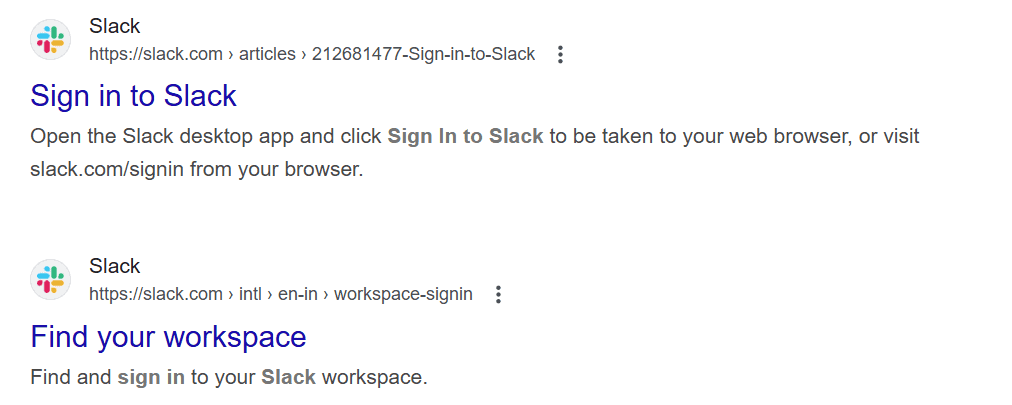
Transactional Intent
Here, it’s the intent ‘to buy.’ The searcher is looking for the exact place where they can close a transaction一purchase, subscribe, or hire a service. Hence, this intent is called transactional or commercial.
For instance, a specific search on ‘Growfusely SaaS SEO Services’ indicates that the user wants to hire the services offered by this SaaS content agency. In this case, the user is potentially interested in purchasing the SEO Services for SaaS by Growfusely after doing adequate research on the various options.
Local Intent
This is a type of navigational query but the intent is to discover a particular business at the user’s physical destination.
For instance, a user enters a query like ‘italian restaurants near me’ would help them discover businesses in their vicinity. Here’s how the local pack presents itself.
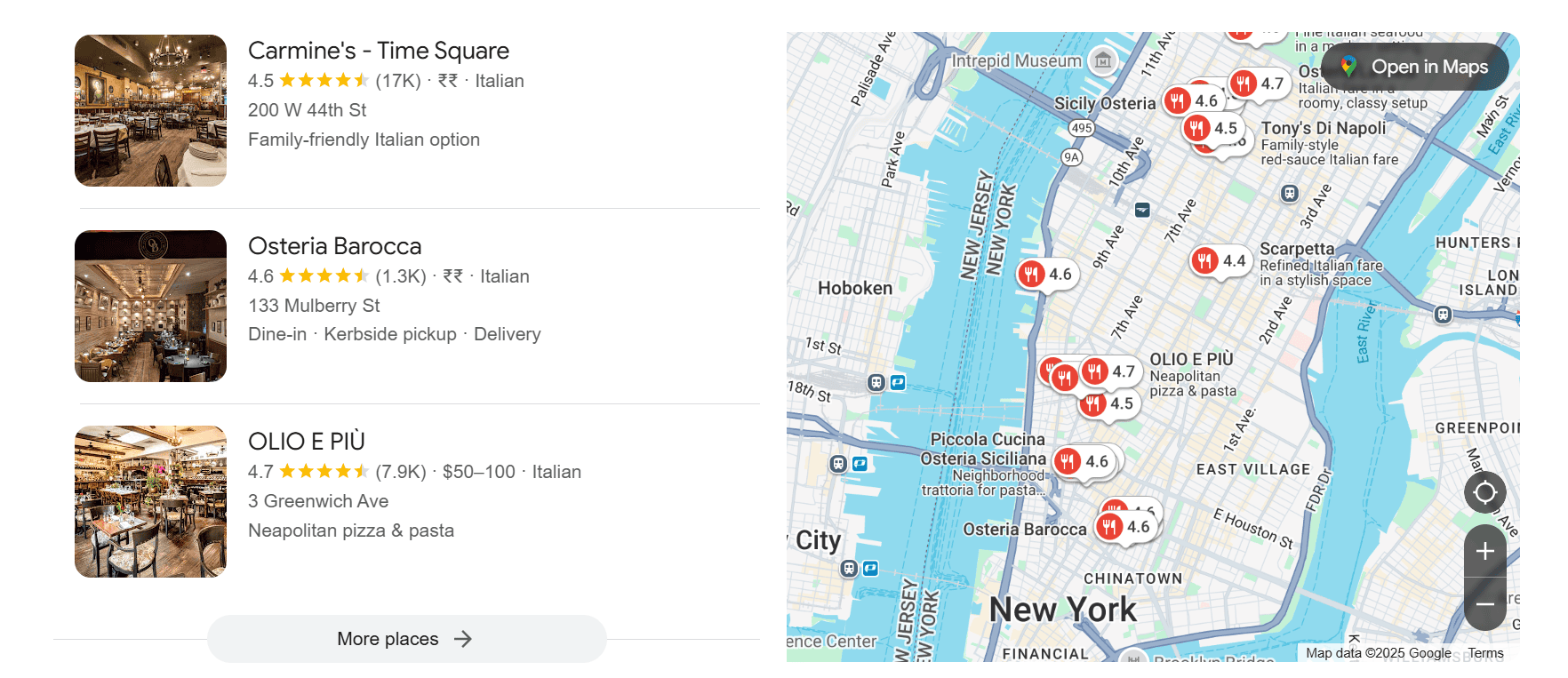
For SaaS businesses, leveraging these types of user intents is central to aligning content with their audience. This can help them enhance their SEO efforts and better meet the needs of their target audience.
Role of AI in SaaS SEO
Since 2015, we’ve seen Google implement AI (RankBrain) to improve search results and UX. The Hummingbird update changed how Google interprets natural language queries and the context of the search terms. It helped them deliver accurate results to satisfy user intent.
Similarly, RankBrain leveraged machine learning to sort out the search results by enabling search engines to interpret queries better and discern that intent.
Thus, leveraging AI for search engine optimization can help SaaS companies stay ahead of these algorithms, saving countless hours spent in research and analysis.
Several AI tools can decipher complex search patterns and user behavior, enabling precise content targeting and improving user engagement. For instance, AI-powered keyword research tools use advanced algorithms to assess the intent behind the search term.
So, if the keyword is ‘saas web hosting,’ the tool could suggest variations like ‘best saas web hosting providers’ or ‘how to choose a saas web hosting provider’ pointing to transactional and informational intent.
Further, AI-powered sentiment analysis offers insights into user expectations by assessing the emotional tone of queries and associated content. This helps align the messaging with user sentiments, enhancing engagement and relevance.
Hence, integrating AI in your SaaS SEO strategy can assist in interpreting user intent, optimizing content, and improving search performance.
How to Use AI in SaaS SEO to Apply User Intent
● Recognizing and Examining User Intent
Artificial intelligence plays a key role in determining user intent using machine learning and natural language processing. AI-powered solutions can identify trends in user and search activity, providing information about the purpose of the inquiry.
This is how analyzing user intent can be aided by AI techniques.
- Examine Search Patterns and Behavior
AI systems collect and assess user-inputted keyword and phrase data. To better grasp user intent, the algorithms use natural language processing to interpret the context and semantics of searches. By finding connections and patterns in the datasets, machine learning makes it possible to predict user behavior.
- AI-Powered Keyword Research
AI-Powered Keyword Research AI-powered keyword research and user intent analysis are the areas of expertise for tools such as Twinword.
The website provides in-depth insights into intent, keyword relevance, and semantic associations. Thus, it helps marketers optimize content based on natural language processing insights.
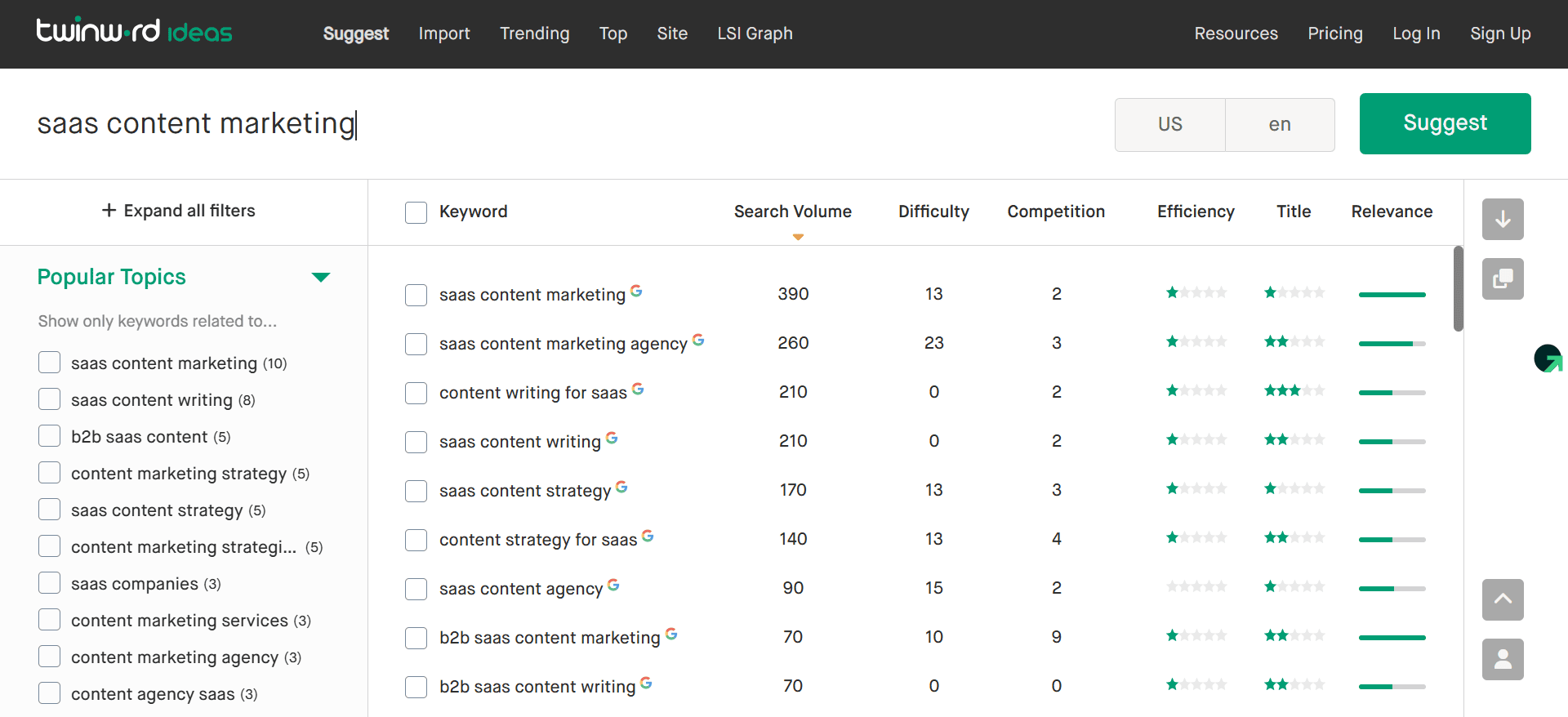
- User Intent Differentiation
AI can differentiate between the various types of intent we discussed earlier in this post. For instance, a query like ‘best saas content agency’ indicates transactional intent as the searcher is likely to compare and hire the services of the agency that fits their expectations.
On the other hand, ‘how saas content marketing works’ reflects an informational intent where the searcher wants to understand how content marketing will help their SaaS business.
AI-enabled tools can analyze such intent and quickly categorize them, allowing marketers to align their content with the audience’s expectations.
- Sentiment Analytics
AI applies sentiment analysis to understand the emotional tone of queries. It analyzes the linguistic nuances to infer user attitudes toward specific topics. This allows marketers to tailor their strategies to better resonate with audience sentiments, boosting engagement.
● Content Optimization
AI is revolutionizing content optimization in the following areas:
- Generating Content Ideas
AI-enabled content planning and optimization tools like Frase and MarketMuse help marketers brainstorm new topics that resonate with the target audience. These tools analyze datasets to spot trending topics and gaps in content.
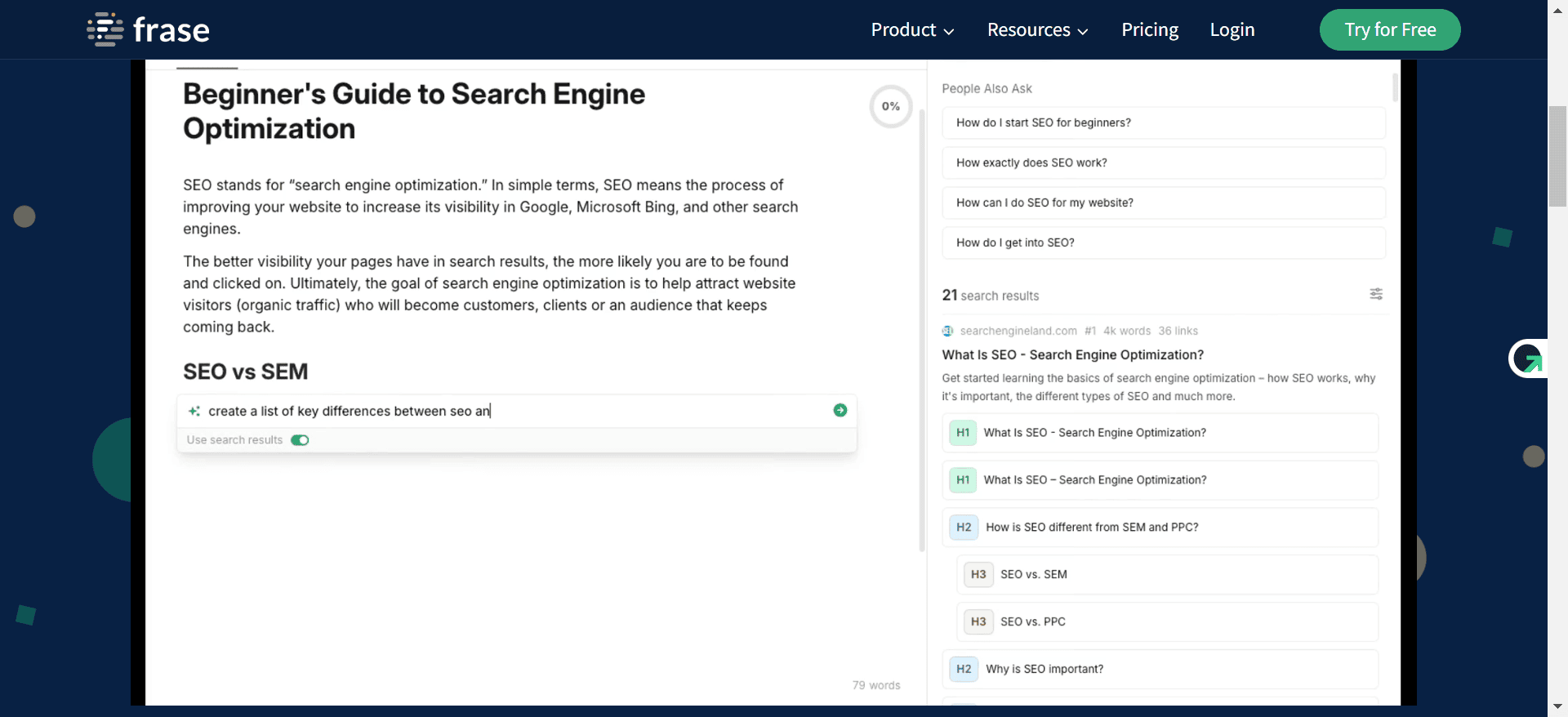
67% of businesses have reported a significant improvement in content quality over time when leveraging AI. Thus, AI can be used to deliver relevant and timely content to the right audience.
- On-Page SEO Optimization
Several tools apply AI to enhance on-page SEO elements like keywords, meta descriptions, internal links, URLs, headers, and more. Tools like SurferSEO and Clearscope offer data-powered recommendations on keyword usage, content structure, and readability.
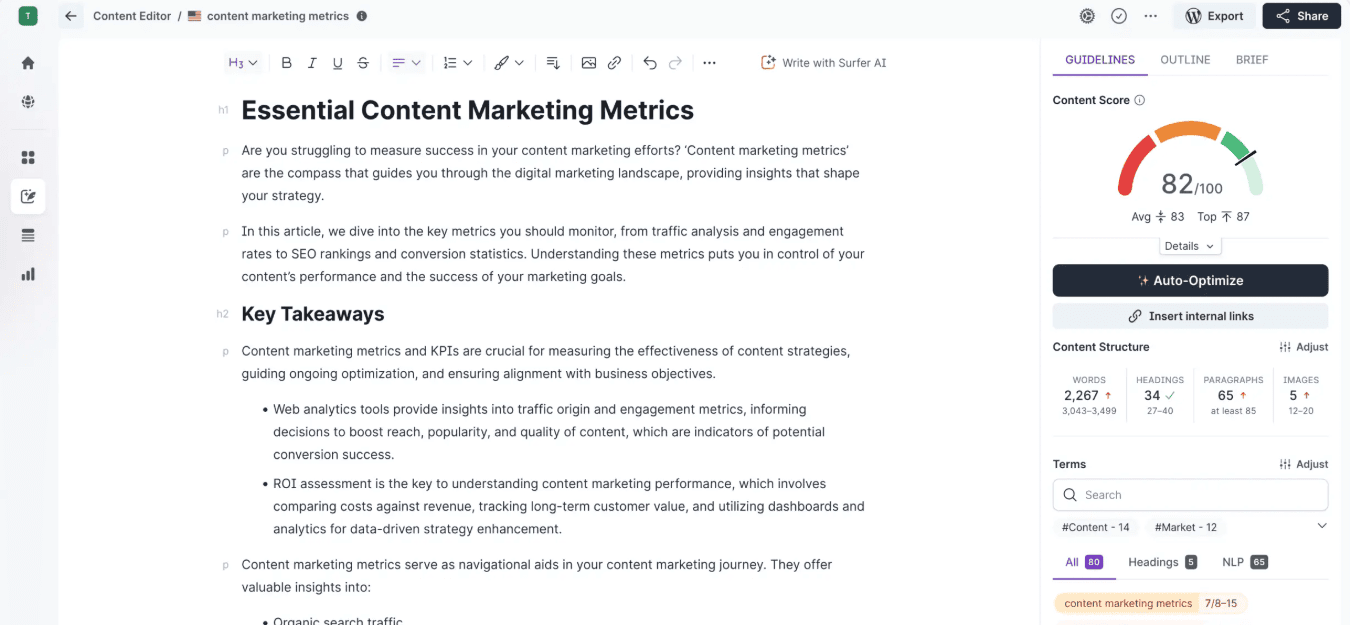
- Content Personalization
Artificial intelligence allows dynamic content personalization using techniques like dynamic text replacement to tweak content in real-time, such that it matches user preferences. This hugely impacts engagement and user experience.
- Internal Linking Strategies
Smart internal linking is key to improving website navigation and SEO. AI-driven internal linking suggests relevant internal link recommendations, thus improving the user journey and equally distributing link equity across pages.
● Predictive Search and Voice Search Optimization
AI thoroughly analyzes historical data, such as past user behavior to discern patterns in preferences and search habits. This allows improved anticipation of future queries (predictive search) and delivery of personalized suggestions.
In voice optimization, AI interprets long-tail and conversational queries. Using NLP, AI can comprehend the nuances of spoken language, thus facilitating accurate responses to queries.
For instance, in a query like ‘which CMS has the best plan,’ AI will analyze the intent and guide content marketers to optimize content to best respond to this question.
Thus, AI-powered voice search is transforming how brands connect with their audiences. It allows SaaS marketers to understand user intent better and improve search accuracy and performance.
● Measuring SaaS SEO Strategies
AI is changing the way SaaS businesses measure and refine their SEO strategies.
- Advanced Analytics for Intent-Based Performance
AI-enabled analytics tools offer real-time insights into how well the content resonates with the target audience and their intent. These platforms monitor metrics like engagement rate, bounce rate, and conversion to measure the effectiveness of content marketing and SEO campaigns.
AI can spot behavior patterns to help marketers tweak their content and ads.
A high user engagement rate and low bounce rate are usually indicators of the content matching the intent. Conversely, if the bounce rate is high, it could point to a misalignment, warning marketers of the lack of content optimization.
Analyzing such metrics using AI can help businesses refine their strategies to improve user satisfaction and boost conversions.
- User Behavior Heatmaps
Several tools leverage AI to generate heatmaps that visually represent user interactions on the website. Heatmap tools like Hotjar effectively highlight areas of high engagement, such as frequently clicked links or sections where the user spends most of their time.
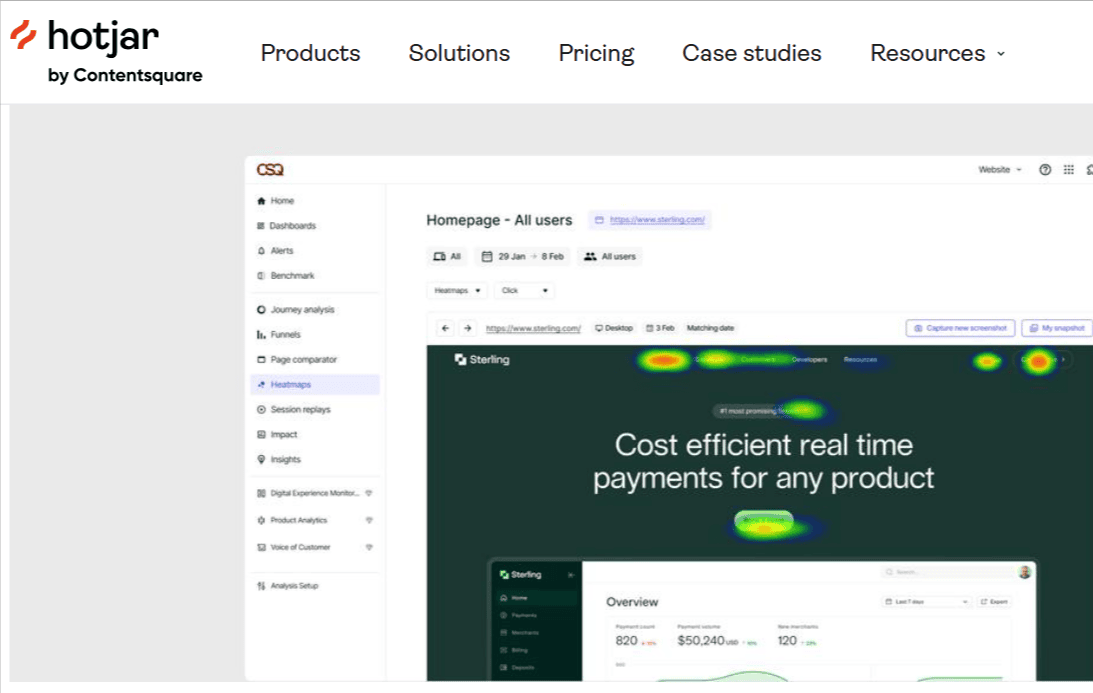
Analyzing such data can help SaaS businesses optimize page layout and content placement to align better with user intent.
- A/B Testing for SEO Improvements
AI is applied to A/B testing to test various page elements, like headlines, images, or the CTA. This allows marketers to determine the best version that resonates with the audience. Automation accelerates the optimization process, reducing the time and resources spent on making SEO improvements.
Summing Up
AI is revolutionizing the SaaS SEO space by effectively decoding user intent for content optimization and improving user experience. Hence, it is time to leverage AI in marketing to dominate the search results with the user intent at its core.
The future of SaaS SEO is all about how businesses will put AI to use. Use the information shared in this post to deliver exactly what your customers want and win more conversions.

